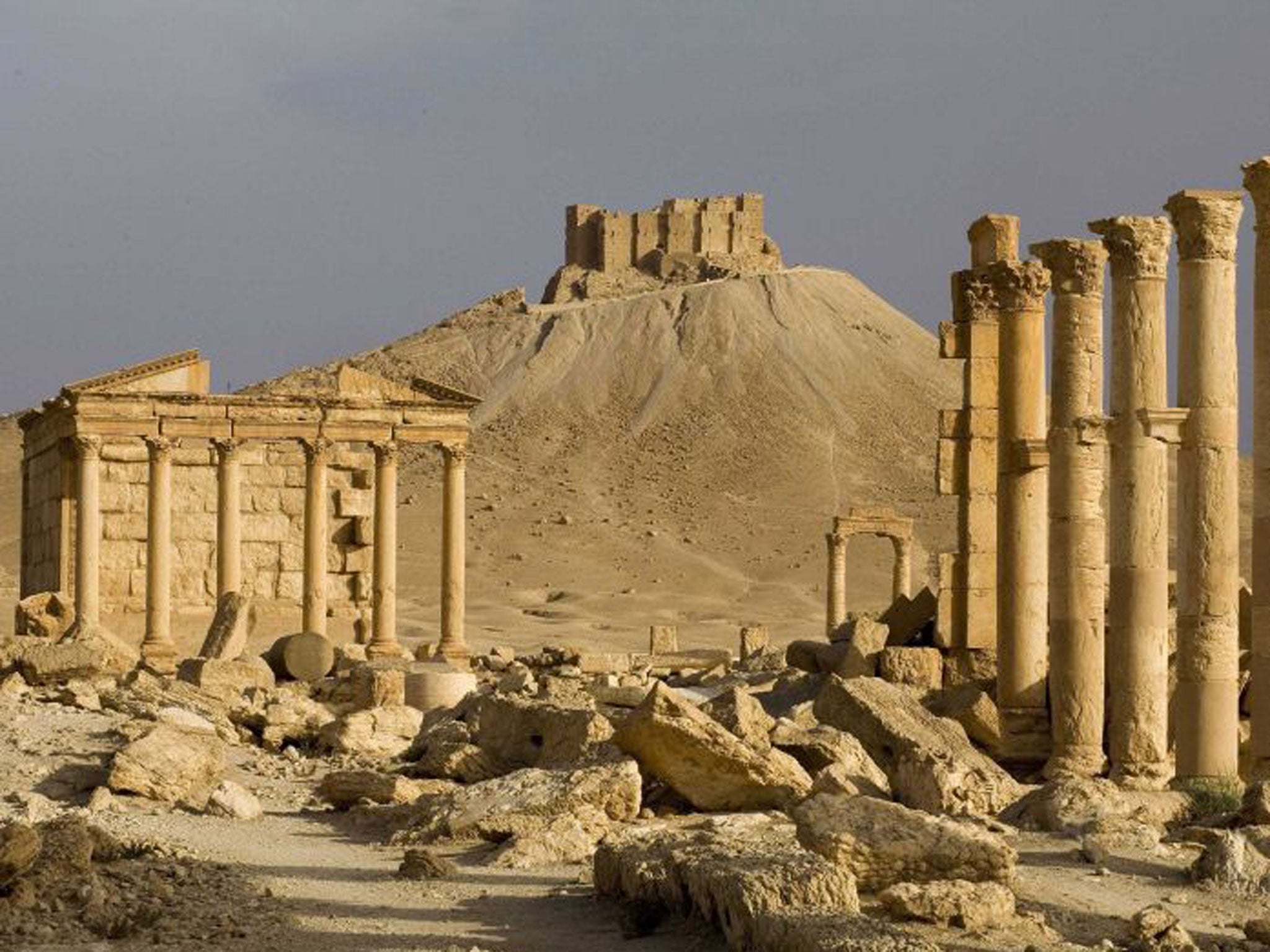Syria's lost treasure: How the civil war is ruining the country's ancient architecture
The great cultural monuments of Syria, including Damascus, are at risk of damage or destruction

Your support helps us to tell the story
From reproductive rights to climate change to Big Tech, The Independent is on the ground when the story is developing. Whether it's investigating the financials of Elon Musk's pro-Trump PAC or producing our latest documentary, 'The A Word', which shines a light on the American women fighting for reproductive rights, we know how important it is to parse out the facts from the messaging.
At such a critical moment in US history, we need reporters on the ground. Your donation allows us to keep sending journalists to speak to both sides of the story.
The Independent is trusted by Americans across the entire political spectrum. And unlike many other quality news outlets, we choose not to lock Americans out of our reporting and analysis with paywalls. We believe quality journalism should be available to everyone, paid for by those who can afford it.
Your support makes all the difference.The site where Cain is held to have murdered Abel is in a cave below a white dome on the slopes of Mount Qassioun, overlooking Damascus. It seems strikingly appropriate that the most notorious Biblical example of fratricide should be on the outskirts of a city now being torn apart by fratricidal strife.
The place where the killing took place is called “the Cave of Blood”. Tour guides once claimed that the whole mountain quivered at the enormity of the deed. But if Qassioun shakes today it is the result of government artillery firing at rebel-held enclaves and of rebel mortars firing back at the centre of the city.
Unesco warned this week that the great cultural monuments of Syria, including Damascus, are at risk of damage or destruction. The soukh in Aleppo has already been burned out. Heavy fighting has ruined Aleppo’s Umayyad Mosque, built between the 8th and 13th centuries and reputedly home to the remains of John the Baptist’s father.
In Damascus the great Umayyad Mosque, with its glorious Byzantine style mosaics, stands undamaged in the Old City, although the volleys of ill-directed mortar bombs could easily hit it. More vulnerable are Christian and Shia churches and shrines.
Just behind Damascus’s Umayyad Mosque is the Sayida Ruqqaya Mosque, a Shia shrine once visited by thousands of pilgrims. Its mosaics and inlaid glass still shimmer, but elsewhere in Syria Shia mosques and Christian churches are being burned and desecrated. There is fighting around another Shia shrine, Sayyida Zeinab Mosque, in the south of the city. The fate of the great monuments of Syria, as well as its people, is in the balance.
Looking down on Damascus it is easy to underestimate the destruction because so many damaged buildings are still standing. People are not starving but bread queues are long and jobs are few. The city, until two years ago one of the most attractive in the world, has turned into a patchwork of hostile districts like Belfast, Baghdad or Beirut. Their inhabitants regard each other at best with suspicion and more usually with hatred and fear. This week, two mortar bombs killed a Christian standing guard at the Bab Touma gate into the Old City. A local man said: “The bombs came from the valley over there which leads to the Eastern Goutah where the rebels are strong.” He gestured towards the east as if it were a foreign country. Another Christian said: “I haven’t been out of this area for four months because I don’t feel safe anywhere else in Damascus.”
There are checkpoints everywhere, sometimes manned by uniformed soldiers, but often by men with guns wearing a mixture of military and civilian clothes, such as dirty white T-shirts and camouflage trousers. They may be members of the 60,000-strong Local Defence Forces who often replace the army. but I never ask because I am only too glad to have passed through without trouble.
Media reports over the past year, from the time when the rebels made their first big attack on Syria’s capital in July 2012, refer to districts being won or lost by the government and the insurgents. But the struggle is more complicated than this, as the government may appear to gain control but the rebels still have a presence. Many rebel districts, like Jobar or Douma, are largely empty of civilians.
Government tactics are to surround and isolate rebel strongholds, but not necessarily to try to fight their way in. Even where the government is in overall control it is not possible to stop rebels moving mortars in the boots of their cars, setting them up in a matter of minutes to fire on government positions before disappearing.
Isolating districts does not always work in the government’s favour. The men who stay have little choice but to join the rebel militias since there is no other work available. The media often over-emphasises the supply of weapons as determining the rise and fall of rebel units, but it may be more important to know if their men are being paid and, if so, how much..
Fundamentalist groups linked to al-Qa’ida, such as the al-Nusra Front, can afford to pay better and can therefore attract more recruits and defectors from other insurgent movements. “Money counts for more than ideology,” one diplomat said.
Join our commenting forum
Join thought-provoking conversations, follow other Independent readers and see their replies
Comments